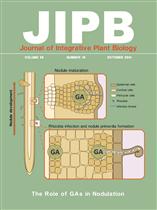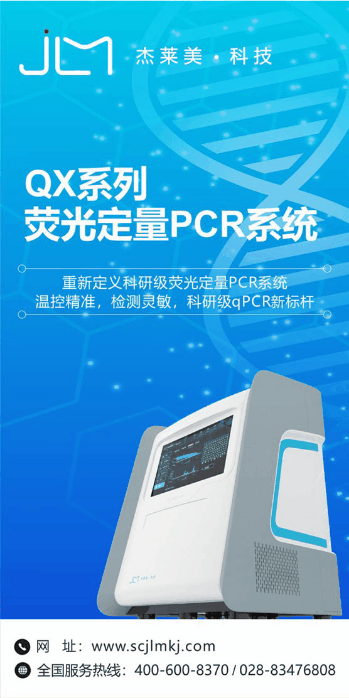Author: Xijia Yang, Di Wu, Jianxin Shi, Yi He, Franck Pinot, Bernard Grausem, Changsong Yin, Lu Zhu, Mingjiao Chen, Zhijing Luo, Wanqi Liang, and Dabing Zhang
Anther cuticle and pollen exine act as protective envelopes for the male gametophyte or pollen grain, but the mechanism underlying the synthesis of these lipidic polymers remains unclear. Previously, a tapetum-expressed CYP703A3, a putative cytochrome P450 fatty acid hydroxylase, was shown to be essential for male fertility in rice (Oryza sativa L.). However, the biochemical and biological roles of CYP703A3 has not been characterized. Here, we observed that cyp703a3-2 caused by one base insertion in CYP703A3 displays defective pollen exine and anther epicuticular layer, which differs from Arabidopsis cyp703a2 in which only defective pollen exine occurs. Consistently, chemical composition assay showed that levels of cutin monomers and wax components were dramatically reduced in cyp703a3-2 anthers. Unlike the wide range of substrates of Arabidopsis CYP703A2, CYP703A3 functions as an in-chain hydroxylase only for a specific substrate, lauric acid, preferably generating 7-hydroxylated lauric acid. Moreover, chromatin immunoprecipitation and expression analyses revealed that the expression of CYP703A3 is directly regulated by Tapetum Degeneration Retardation, a known regulator of tapetum PCD and pollen exine formation. Collectively, our results suggest that CYP703A3 represents a conserved and diversified biochemical pathway for in-chain hydroxylation of lauric acid required for the development of male organ in higher plants.
Yang X, Wu D, Shi J, He Y, Pinot F, Grausem B, Yin C, Zhu L, Chen M, Luo Z, Liang W, Zhang D (2014) Rice CYP703A3, a cytochrome P450 hydroxylase, is essential for development of anther cuticle and pollen exine. J Integr Plant Biol 56: 979–994. doi: 10.1111/jipb.12212




 Scan the QR code to view JIPB on WeChat
Scan the QR code to view JIPB on WeChat













